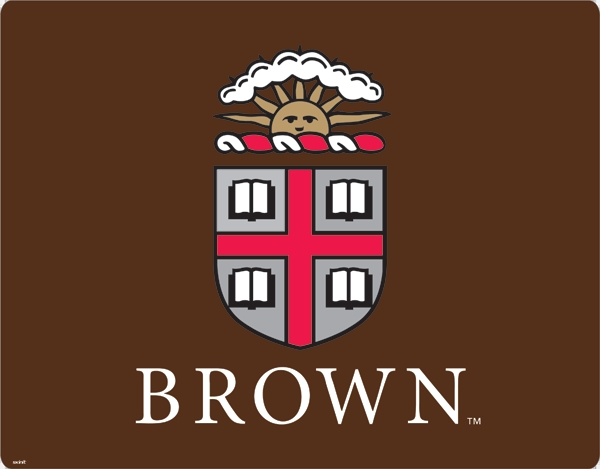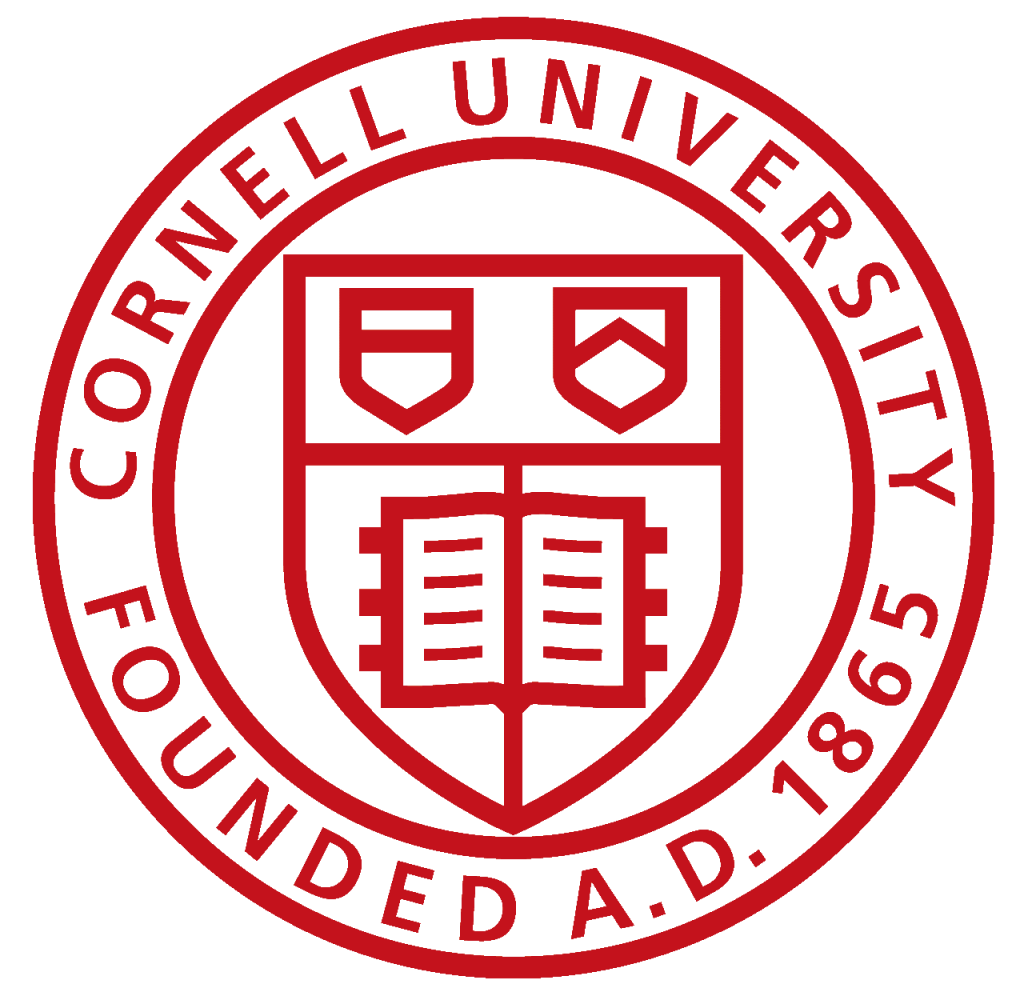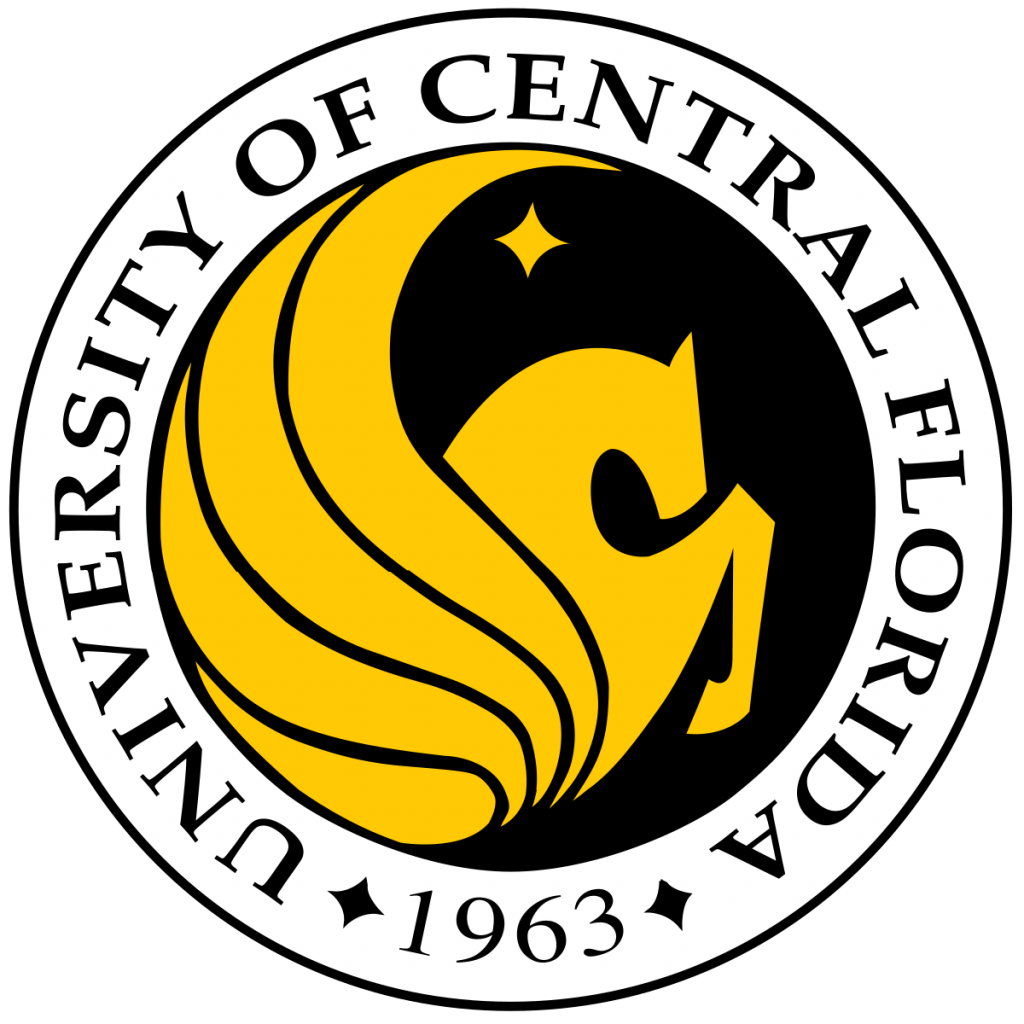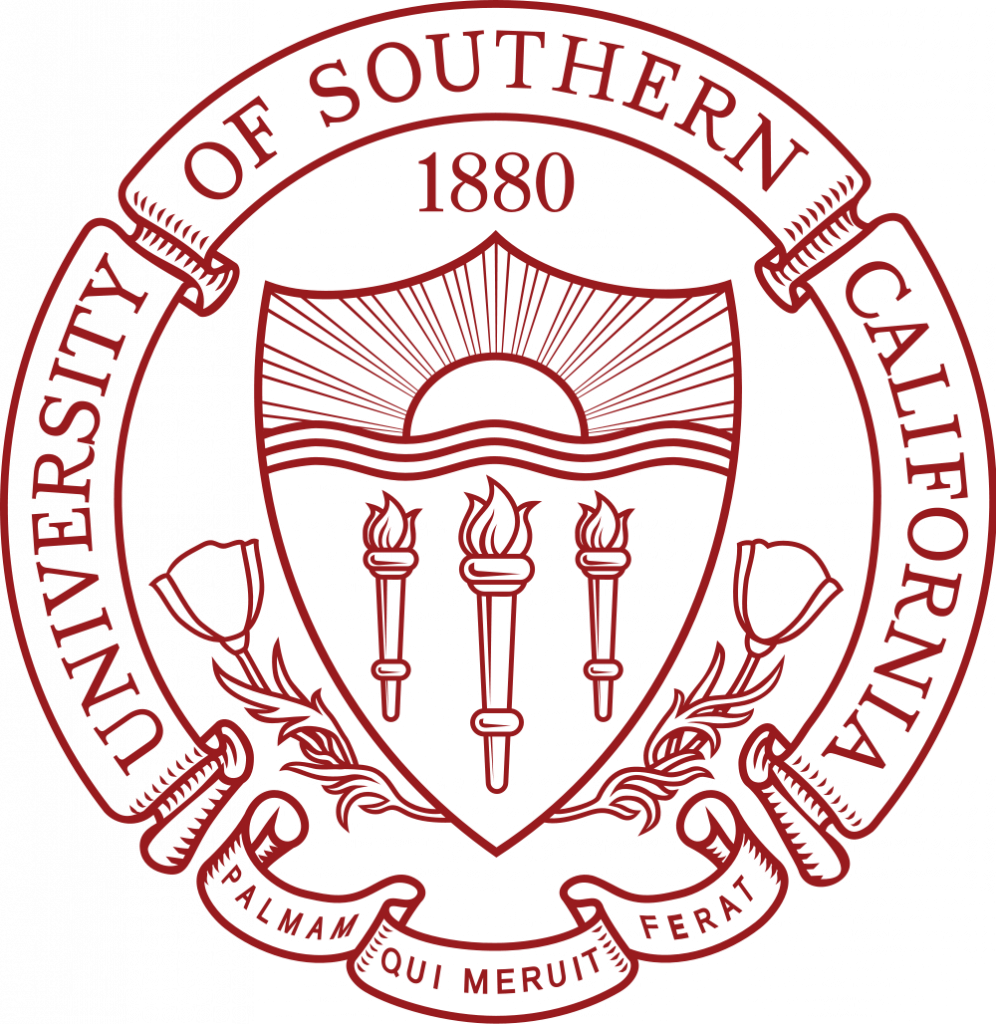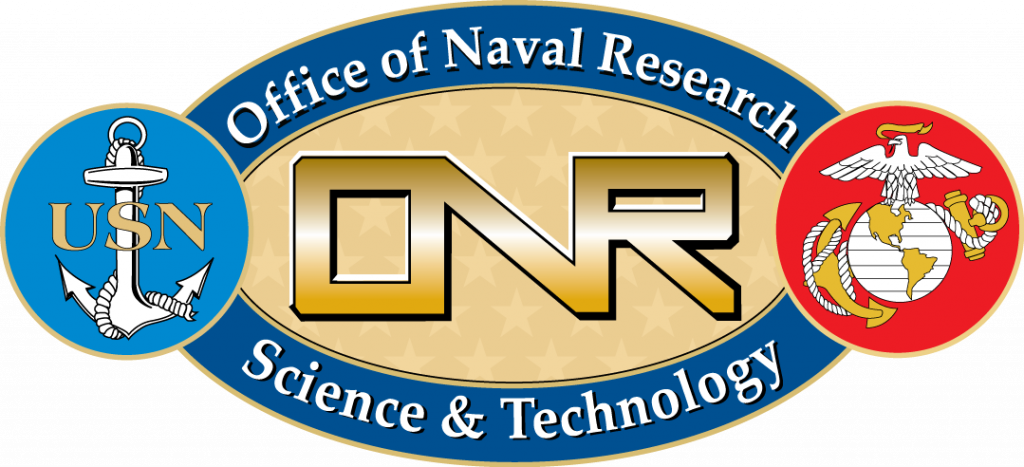| Principal Investigator | University | Subtitle |
|---|---|---|
| Ayman Abouraddy | University of Central Florida | Classical entanglement in structured optical fields |
| Kimani Toussaint | Brown University | Metrology with classically entangled light |
| Aristide Dogariu | University of Central Florida | Active sensing and optical action – new paradigms enabled by controlled classical entanglement |
| Demetrios Christodoulides | University of Central Florida | Optical thermodynamics of nonlinear systems with multiple degrees of freedom |
| Frank Wise | Cornell University | Generation and evolution of space-time wave packets |
| Mercedeh Khajavikhan | University of Southern California | On-chip synthesis of classically entangled light |
| Alan Willner | University of Southern California | Light Beams based on Classical Entanglement of Frequencies and Spatial Modes |
This effort was sponsored, in part, by the Department of the Navy, Office of Naval Research under ONR award number N00014-20-1-2789. Any opinions, findings, and conclusions or recommendations expressed in this material are those of the author(s) and do not necessarily reflect the views of the Office of Naval Research.
Continuous degrees of freedom: space and time
Introducing precise correlations between the degrees of freedom of an optical field leads to dramatic changes in the free propagation of such fields and their interaction with photonic devices. When this concept is applied to the spatial and temporal degrees of freedom of the field, a new realm of phenomena and applications that we call ‘space-time optics and photonics’ emerges.
A subset of potential avenues
- Diffraction-free, dispersion-free pulsed beams in free space
- Long-distance propagation
- Self-healing after obstructive objects
- High-power operation
- Incoherent fields
- Control of the group velocity in free space
- Control of the group velocity in materials
- Connection to relativistic propagation of sources and detectors
- Reversal of the roles of time and the axial coordinate
Synthesis of space-time beams
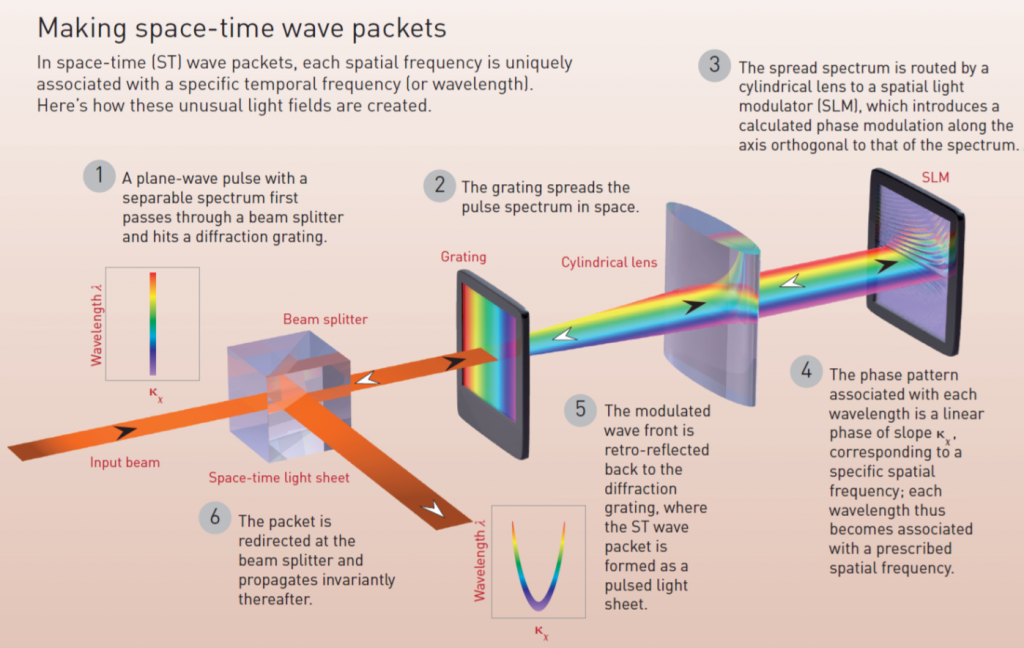
Recent achievements
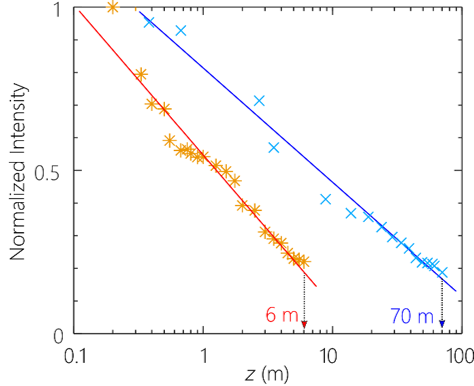
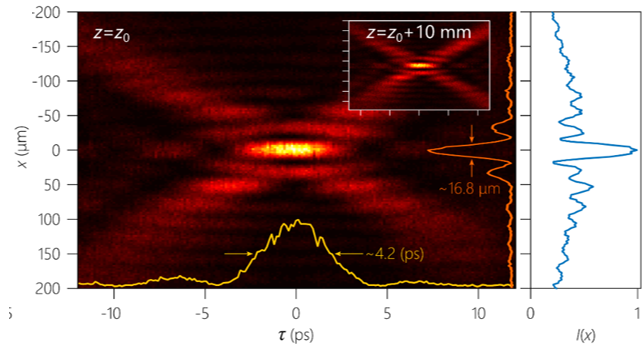
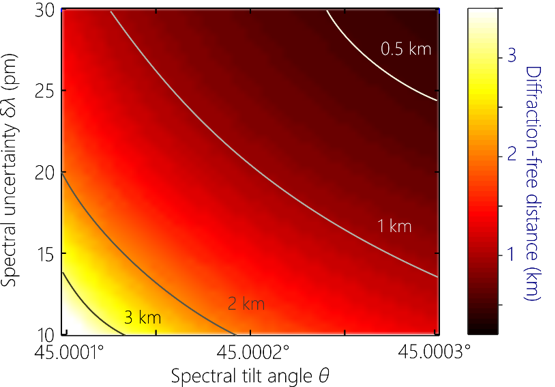
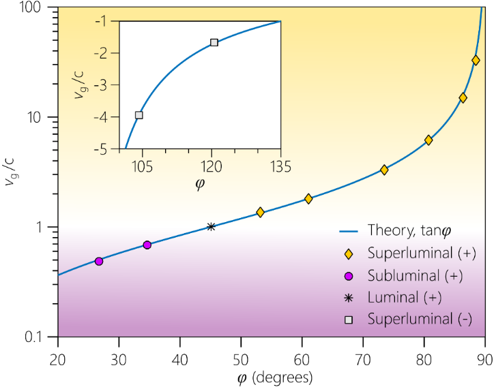
Opt. Lett. 44, 2073 (2019)
Nat. Commun. 8, 739 (2019)
Hybrid guided ST modes in a planar waveguide
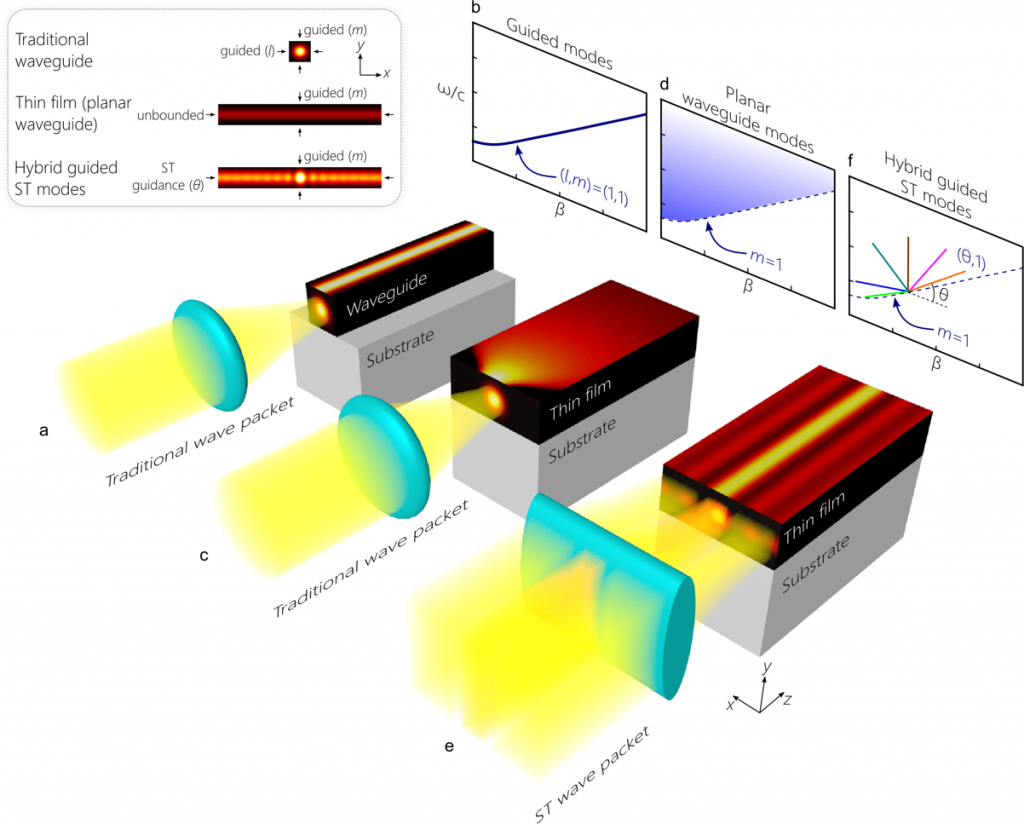
Nat. Comm. 11, 6273 (2020)

